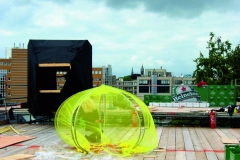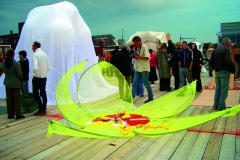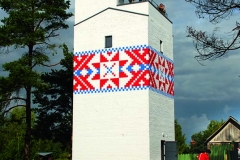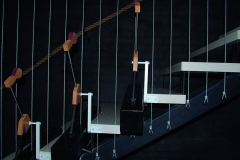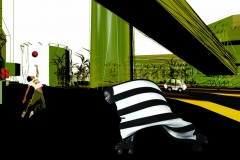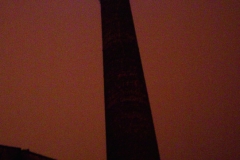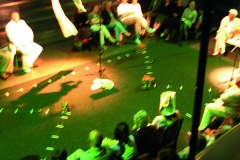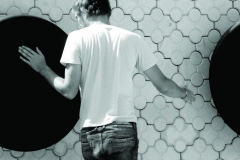I don’t think anyone has an inkling of what architecture really entails before studying it, practising for real and starting architectural work. Besides, today’s profession is not what it was twenty-odd years ago. In recent decades, the architect’s job has essentially changed, not just in Estonia, but throughout Europe and the whole world. It has become more bureaucratic, and more technical in an administrative sense. However, I was charmed, and I still am, at how the architect’s preparation – besides training to create spatial visions, structural thinking that has to see far ahead in time – produces a future. A bit like jujitsu, in which people face tomorrow with bare hands (and bare thoughts), their tools are spatial models and their presentations are in the form of drawings, models etc. I am especially grateful to teachers, colleagues and friends who have trusted me with their secrets of structural thinking, their tools of thought… not just to be employed in our professional work, but also to be developed further, to think further ahead. In this area, Estonian architecture has a very strong school.
RISD (the Rhode Island School of Design) demonstrated to me how everything technical related to architecture (engineering, building physics, constructions, technical systems etc) can be taught quite ‘understandably’, even simply and perceptively, and at the same time comprehensibly and with perfect precision, in a way easy to grasp for anybody. The Australian university RMIT (the School of Architecture and Design at the Royal Melbourne Institute of Technology), where I am currently doing my PhD, is remarkable because over the last 25 years it has successfully managed to blend the practical skills required in architectural work with academic ‘research’, doing this in a most natural and logical way, since such embedded research is an essential characteristic of architecture.
Today I am fascinated with everything going on in the area where architecture, biotechnology, energy and materials science intersect, as well as everything that has to do with our (humankind’s) ability to deal with climate change, urbanization and other challenges of ‘being human’. And not only deal with, but also use them in the good sense of the word, employ them in our own interests. The closest to this are the urban, ‘smart city’ projects, and also other installations in Tallinn, Eindhoven, Lyon and elsewhere, which unite science, engineering and art. They have enabled me to test how light, space, travel and spatial experience actually influence our physiology… As a co-editor of inclusive design guide book, I am perhaps more sensitive about topics that tackle the functioning of our living environment as a whole, both between buildings – in urban landscape and parks – and inside buildings. It is also significant how we develop infrastructure and how people move about in towns and between them. How human settlement manages itself as painlessly as possible, and at the same time creatively and happily. The experience so far has shown that an architect can deal with big issues better in the scale of a public building, hybrid research, art project or urban development.
My studies and the school have kindled my interest in social topics, issues of urban space, ‘smart city’, increasingly international architectural studies and everything scientific-experimental, where besides your own profession you need constructive mindset and a slice of idealistic dedication.


